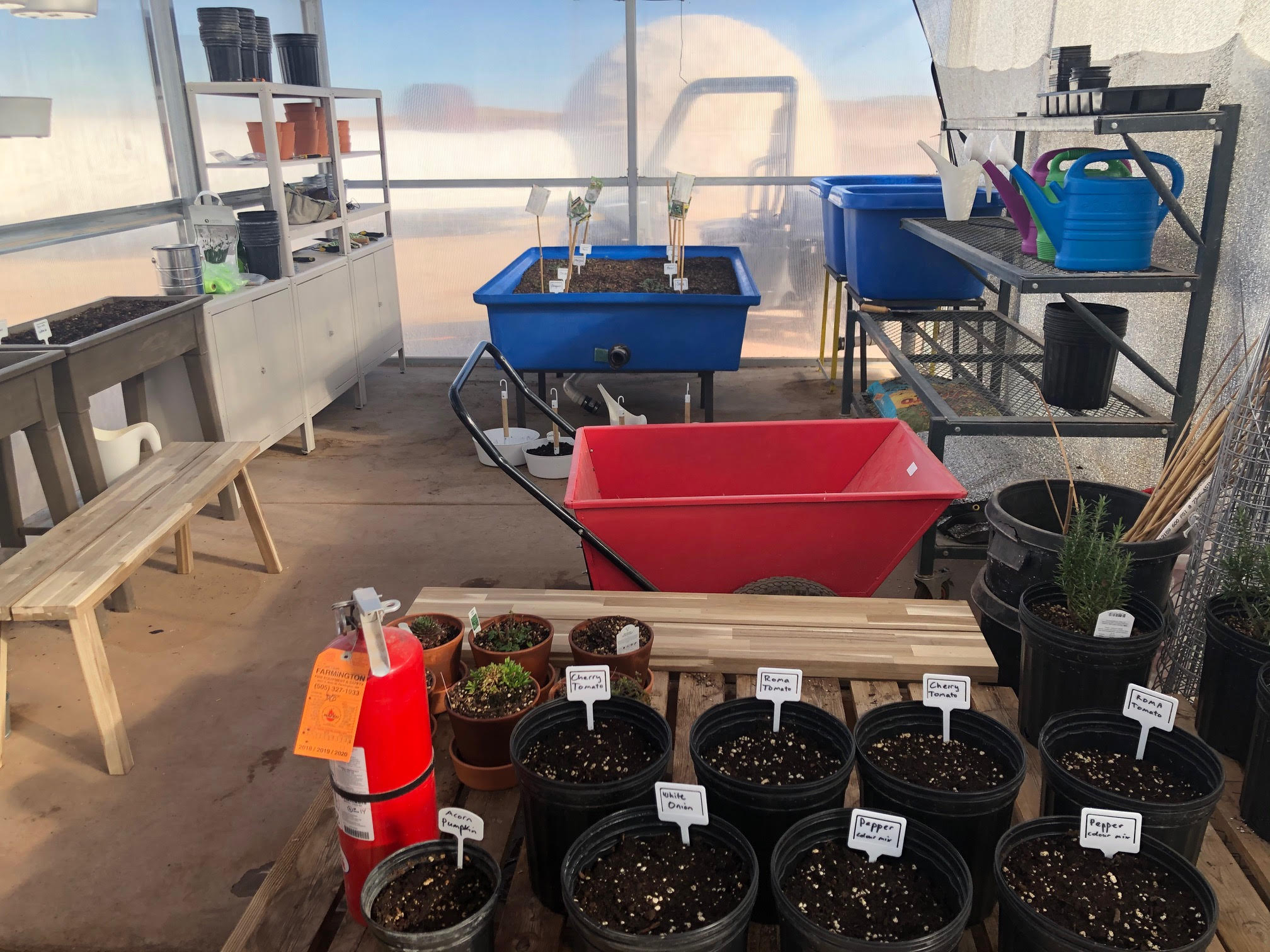[title Journalist Report – November 19th]
Tues 19 Nov Sol 9
by Guy Murphy
Today was planned against the countdown to rain expected this evening, which will turn
the surrounding landscape of absorbant clays into unpassable slush. The usually
dessicating air is become more humid. Any outdoor activities we hoped to do on this
crew rotation needed to be completed by the end of today. Shane, Larissa and I ventured
out on EVA tracing the entry road towards the edge of the public lands to return some
rock samples to their original context. We stopped to take some final photos of each
other wearing simulated space suits along the way. We have completed our sampling of
magnetic particles undertaken as part of the micro-meteorite study, so this was most
likely the final EVA for Crew 215.
When we were nearest Hanksville, my mobile phone suddenly begun beeping with text
messages. I had momentarily picked up a phone signal for the first time in some weeks.
Whether by design or otherwise, the MDRS campus is located in a mobile phone signal
black spot, and I had not received any text messages while there.
On Mars, communication with home will be strained. The internet protocal has been
extended to communicate with other planets and deep space, and between Earth and Mars
this will involve time delays of between approximately 4 and 24 minutes each way
depending on where the planets are located. Bandwidth will be restricted, so the high
speed, data rich existance people on Earth are accustomed to will not be possible.
Reflecting these constraints, the MDRS has a data limits on its internet connection,
which has to be shared between the crew and also used for submitting formal reports.
This is one of the major lifestyle differences of living here in simulation mode, and
takes some getting used to, but its a chance to rediscover the moment and ponder how
much of our ‘connectedness’ in really necessary. Online video is out of the question,
though new recipes for the bread machine are not.
The lack of phone contact and limited internet is supplemented with direct radio with
the nearby onsite support crew. This evening we are hearing crackling on the radio of
distant approaching storms. A lot of static electricity is generated in this dry
environment, and depending on my clothing, there may be a small crack or flash when I
touch the metal ladder balustrade at night.



You must be logged in to post a comment.